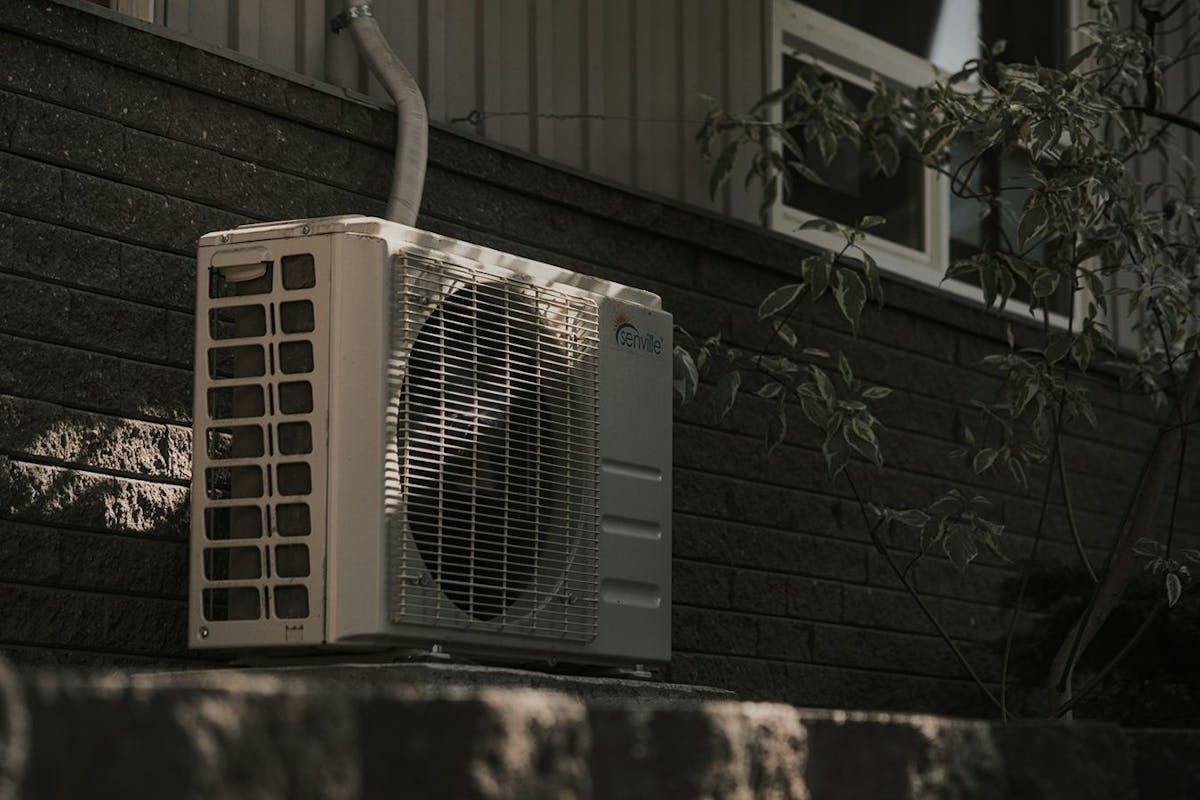How Much Electricity Does a Refrigerator Use?
Last edited

Author
Andrew Giermak
Solar and Electrification Writer and Editor

Editor
Andrew Blok
Electrification and Solar Writer and Editor

A refrigerator is one of the most essential, and maybe taken for granted, appliances in your home. You might not even think of it as a way to save energy and money or use energy in a cleaner way. If you have an older fridge, it might still be hanging in there, but it could be a surprising cost on your energy bill. Today’s highly energy-efficient refrigerators can give you the most convenient features and be energy and budget savers.
Let’s start with looking at how much electricity refrigerators use, how you can use an old or new refrigerator smarter, and the benefits, including lower electric bills, of an upgraded, energy-efficient refrigerator.
See how much you can save with home energy changes
How Much Energy Does a Refrigerator Use?
Most refrigerators have a listed energy consumption of 300-800 watts. A fridge’s actual energy usage is typically much lower as it’s using less than its listed wattage when it’s cycled off, which is most of the time. When a refrigerator needs to run its compressor to cool down, it uses more energy. When it’s maintaining its set temperature, it uses much less.
To get a good estimate of a refrigerator’s actual running wattage, the Department of Energy states you can divide the listed wattage by three. So, a 600-watt refrigerator will have an estimated running wattage of 200 watts.
All new refrigerators must meet federal government standards for energy efficiency. Energy Star refrigerators must be at least 10% more efficient than the minimum standard.
Features of the refrigerator itself affect energy consumption. Larger refrigerators generally need more power, for example.
For instance, the Samsung RT18M6215 has 18 cubic feet of capacity and has an annual expected energy use of 448 kilowatt-hours. The LG LF32S6000S is 32 cubic feet with an annual expected energy use of 600 kWh.
A refrigerator’s age is a good indicator of energy efficiency. A 20-year-old fridge uses about twice the energy of a new, efficient one. The average energy consumption of a modern refrigerator is about a fourth of what it was about 50 years ago, according to the Department of Energy, while refrigerators have generally gotten larger.
The door type is another factor with top-freezer models usually being more efficient than side-by-side or bottom-freezer refrigerators.
See how much you can save with home energy changes
Do Energy-Efficient Refrigerators Make a Difference?
New energy-efficient refrigerators can make a difference in your energy bills.
A refrigerator used about 7% of a home’s electricity as of 2022 according to the U.S. Energy Information Administration. Generally, the older the refrigerator you’re replacing, the bigger the difference in your probable savings. The Department of Energy estimates an Energy Star refrigerator, about 10% more efficient than a new non-Energy Star model, will save you about $220 over a 12-year lifespan of the refrigerator. This number can be larger or smaller depending on what you’re replacing, how well you maintain the fridge, the temperature you set the fridge and freezer, and even how efficiently you use it.
Energy-efficient refrigerators decrease usage and emissions of greenhouse gases including refrigerant gases. By using less electricity from fossil fuels, less greenhouse gas is released into the atmosphere. Newer refrigerators use cleaner, more-efficient refrigerants.
The Environmental Protection Agency reports if all refrigerators more than 15 years old in the US were replaced with Energy Star refrigerators, it would cut 5.5 billion pounds of greenhouse gas emissions, the main driver of climate change, per year.
Energy-Efficiency Tips for Refrigerators
- Check the temperature: Set your refrigerator at 35-38 degrees and your freezer at 0-5 degrees.
- Check the sealing: The seal around a refrigerator’s doors is important to efficiency and dependable performance. If it’s worn or has gaps, the fridge is losing cool air all the time and having to compensate.
- Consider location: It shouldn’t be too close to a heat source such as an oven or stove, dishwasher, or heat vent. If you have a heat source near the fridge, the fridge runs more to compensate. Even having your refrigerator in direct sunlight most or all of the day can have an impact.
- Manage space and airflow: Note the space around your refrigerator, especially the back and space where the fridge vents. Good air circulation helps a fridge cycle on and off as it should.
- Keep a full fridge: A refrigerator is more efficient with more mass in it. If it’s cooling a bunch of empty space, it’s using energy on nothing and having to run more to keep the temperature steady.
- Let food cool: Let hot food cool before sticking it in the fridge. Putting something hot in raises the internal temperature in the whole box and it has to work longer and harder to bring the temp back down.
If you’re moving more toward home electrification, or just looking for ways to save energy and money, you can use our free home energy advisor to get an estimate for your home.
See what home electrification can do for you:
Frequently Asked Questions
How much energy does a mini-fridge use?
A mini-fridge uses less energy than a full-size refrigerator, using about 0.4-1.6 kWh a day or 150-300 kWh per year.
Does a refrigerator use less energy when it’s full?
A full, but not overstuffed, refrigerator is best for energy efficiency. With an empty refrigerator, the appliance is cooling nothing but air and the air quickly escapes every time you open a door. With more mass inside it, the contents keep the inside cooler more efficiently, less cool air escapes when a door is open, and the condenser doesn’t have to cycle on as often to maintain the set temperature.


